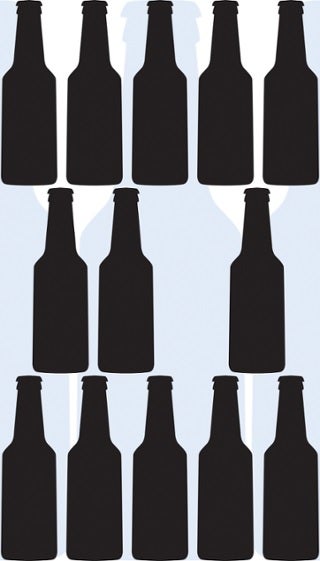
We recently took a look at the ways in which stretch wrapping can impact the sustainability and source reduction efforts of PET bottles. As manufacturers continue to look for new ways to improve sustainability, it isn’t shocking that packaging has become a major focus for their efforts.
The PET market continues to grow
PET bottle manufacturers, in particular, have made great strides in source reduction for all aspects of their manufacturing and shipping process. However, PET is making its way into more and more markets.
As discussed in the article ‘Breaking out of the mold’ in the May 2016 issue of Beverage World, Elisa Zanellato, marketing and communications manager for PET engineering states: "While the category that remains in first place in terms of PET bottle use is, and always has been, mineral water for large-scale retail… Recently, beverage marketers have been adopting PET to other beverage categories, especially those where a more premium, upscale look is needed."
She goes on to say: "Over the last few years, thanks to our own significant contribution to driving this change, we have recorded an increasing number of requests to develop packaging for premium and gourmet water and for beers from microbreweries, as they require a customized container without over-spending. In these cases, PET is an interesting solution as it has lower production costs per bottle and weighs less, thereby allowing for savings on transport costs."
With more of the market moving this way, single use PET bottles are a high profile target of sustainability and source reduction efforts. Major producers are keenly focused on reducing packaging throughout the process, and specifically addressing the bottles themselves.
The role of stretch wrapping in the world of PET
Sustainability improvements have dramatically increased the demands on the stretch wrapping equipment, and the evolution provides a good case study for how changes in upstream packaging needs to be accounted for in the stretch wrapping process.

